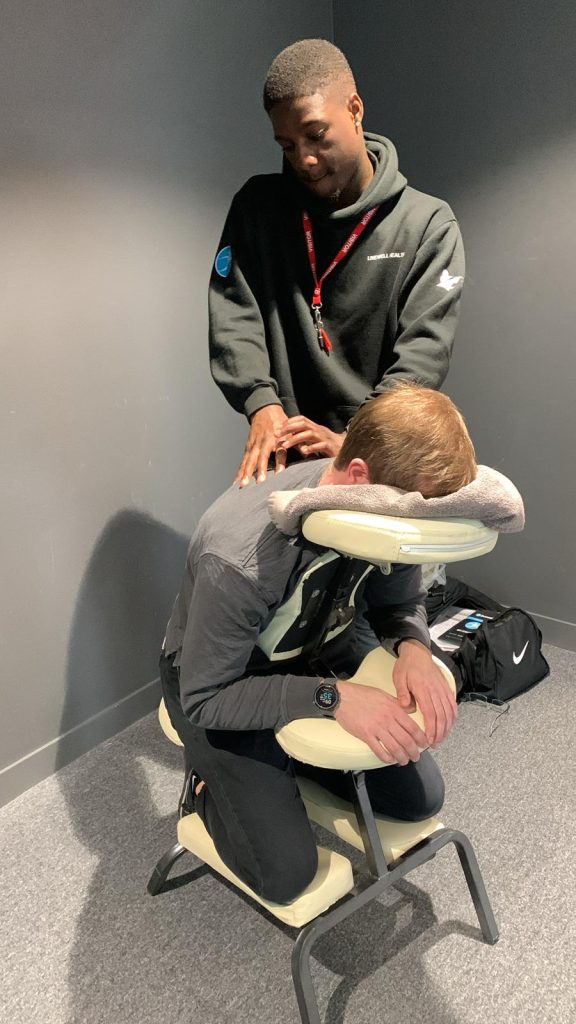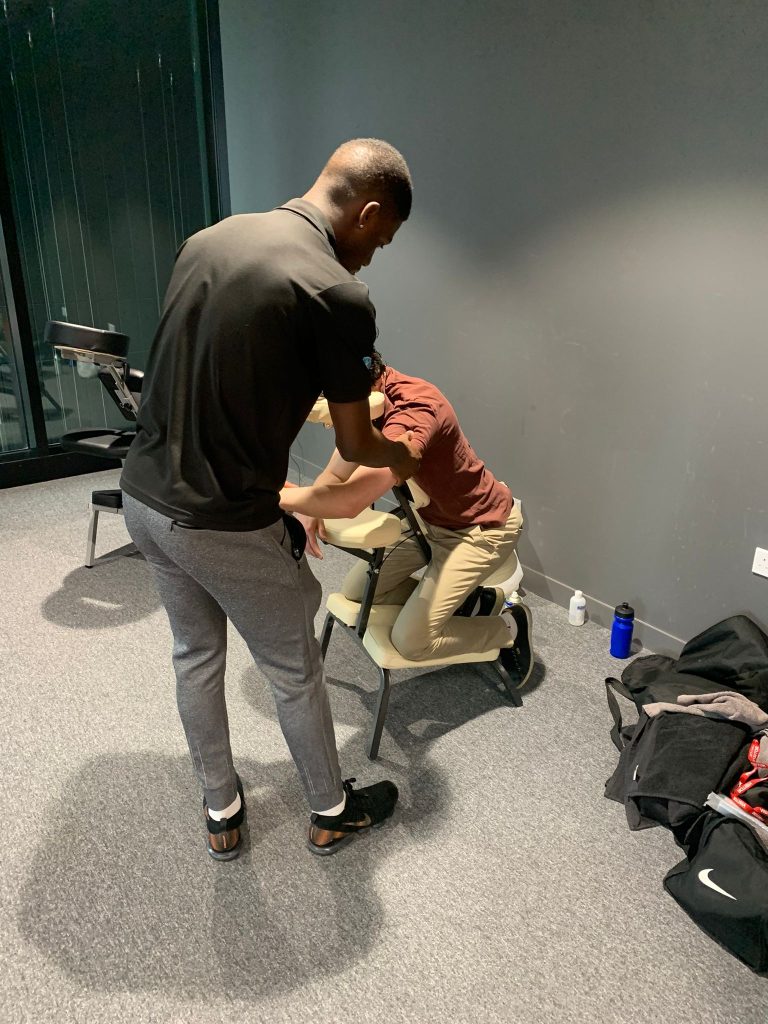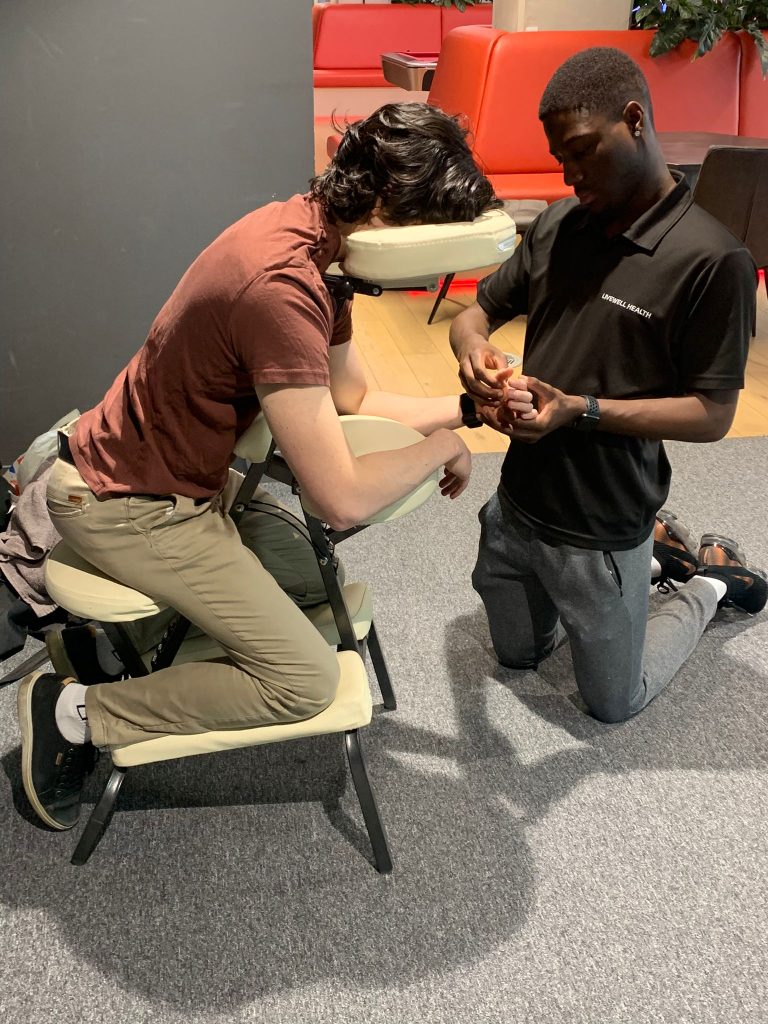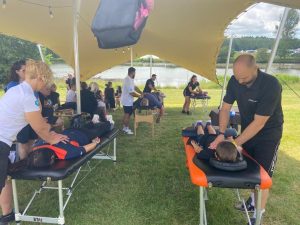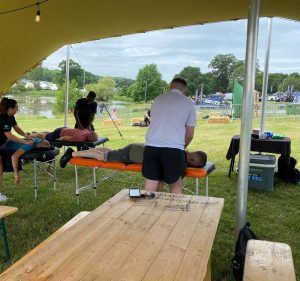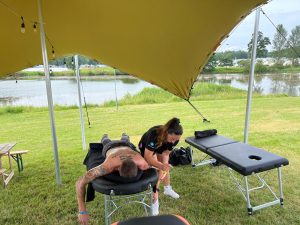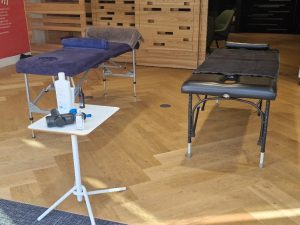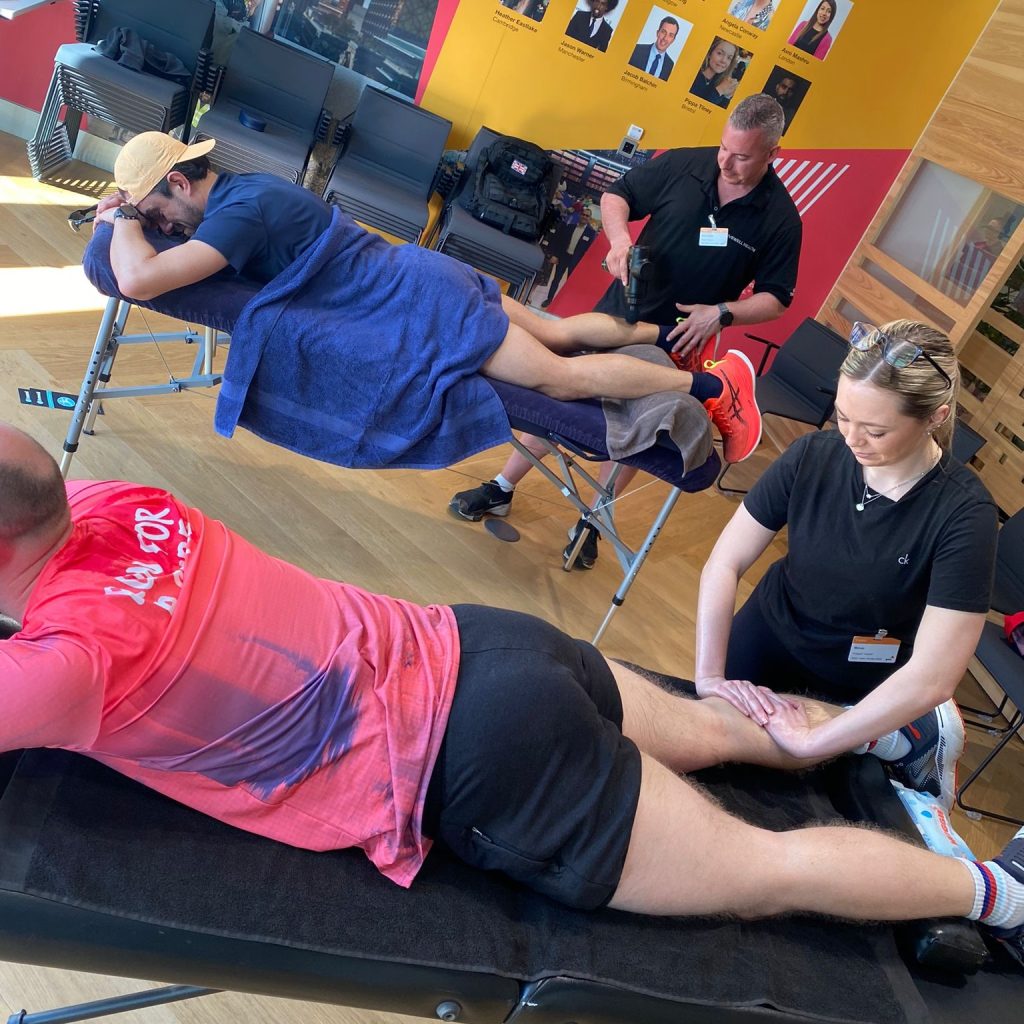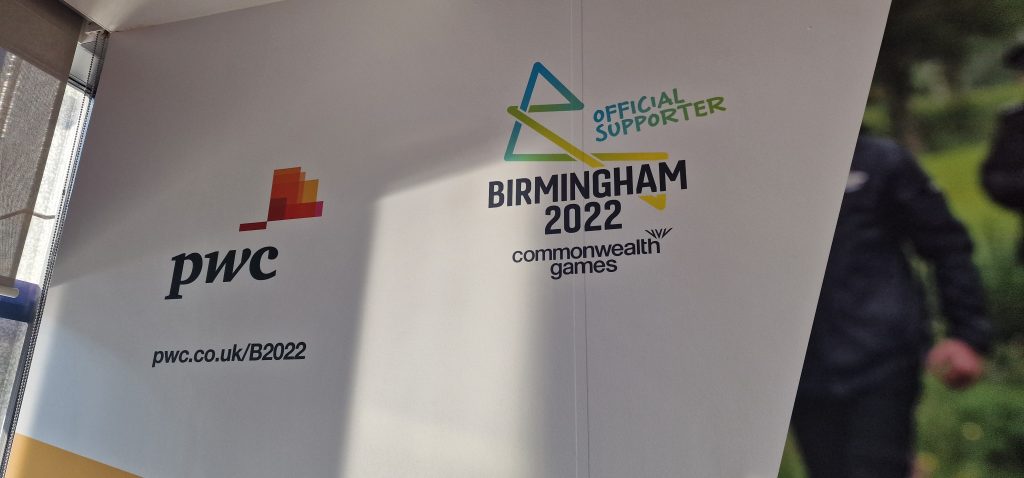In April 2024, Cloud Imperium Games experienced a day of relaxation like never before in their manchester office as a team of massage therapists brought their skills directly to the office for some much needed office massage. Amidst the hustle and bustle of game development, the team took a moment to unwind and rejuvenate with on-site chair massages. The experience left both the therapists and the staff at Cloud Imperium Games buzzing with appreciation and satisfaction.
The day began with anticipation as the massage therapists arrived armed with their chairs and expertise. Settling into the office space, they created a tranquil oasis amidst the energetic atmosphere of creativity and innovation. As the team members took turns in the massage chairs, stress and tension melted away, replaced by a sense of calm and well-being.
The response from the Cloud Imperium Games team was overwhelmingly positive. Many expressed their gratitude for the opportunity to take a break from their demanding work schedules and indulge in some much-needed self-care. Some even remarked that the massages provided a welcome boost of energy, allowing them to return to their tasks feeling refreshed and focused.
For the massage therapists, the day was equally rewarding. Seeing the smiles and hearing the sighs of relief from their clients was immensely satisfying. Knowing that they were able to make a positive impact on the well-being of the hardworking team at Cloud Imperium Games filled them with a sense of fulfilment.
The feedback received from the Cloud Imperium Games staff was glowing. Many expressed their desire to have similar events in the future, recognizing the importance of taking care of both their physical and mental health amidst the rigours of game development. The experience served as a reminder of the value of self-care and the positive effects it can have on productivity and overall happiness.
As the day came to a close, both the massage therapists and the team at Cloud Imperium Games parted ways with smiles on their faces and a sense of gratitude in their hearts. The day of relaxation had been a resounding success, leaving a lasting impression on all who participated. It served as a reminder that amidst the fast-paced world of game development, moments of tranquillity and self-care are essential for success and well-being.
If you would like to enquire about having a massage therapist come to your office or place of work then please contact us today, alternatively visit our corporate page for more information.
